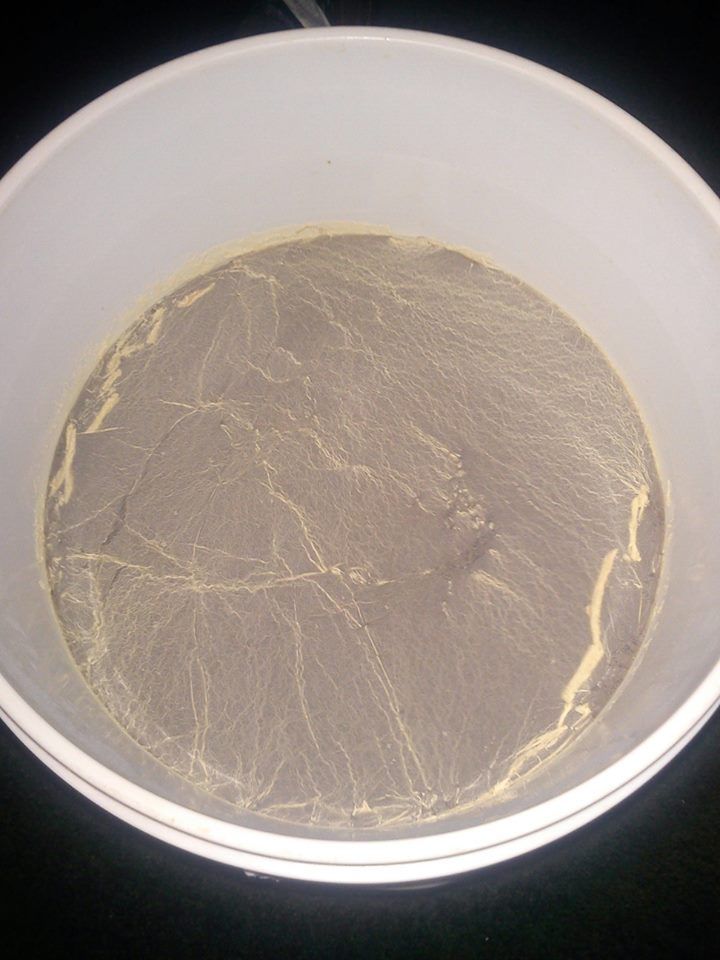[quote=“Pietro”][quote=“dmtaylo2”]Once you get that stuff in contact with plastic, you can never ever kill it no matter what chemicals you use.
[/quote]
Cmon. Are you speaking from experience? I don’t know what microbes CAN live when submersed in sodium percarbonate for 24 hours, then rinsed with (and/or submersed in) diluted phosphoric acid.
I am not saying its worth the risk, but I know several sour brewers who use equipment, aside from hoses/plastic tubing, for wild beers and sacc beers. Not trying to be nitpicky, but I think people have blown this thing way out of proportion. There is lacto on EVERYTHING. That’s why we cover surfaces in sanitizer. A few bucks for a new bucket is a small price to pay for peace of mind though. I do agree with Dave though, that you need to pour that yeast (and likely pedio, and likely lacto) down the drain. Then sanitize the drain :mrgreen:
To the OP, I would NOT dump this batch. That is likely a lactobacillus pellicle, my one and only ‘infected’ batch had this, and I just let it roll. After a year, it was awesome. Given the amount of dextrins in an American Brown like CS, that will likely make a awesome Oude Bruin. Don’t tell me you don’t like sours, because you will. Or you will have a friend that will want the batch. I know Jamil would disagree with me here, but you can likely get a nice sour ale from this…in about a year.
This, like all wild beers, will go through an undrinkable stage, from anywhere from the 3rd month continuing through the 9-10th month. Other intermediate bugs will take hold (such as enterobacter…which smells something like a used diaper filled with indian food and vomit). Wild brewing is about letting the bugs do their thing once they have taken hold. You may consider grabbing a few vials of Brettanomyces Bruxellensis to pitch around month 3, as the brett yeast will eat everything, including the organisms causing your ‘infection’.
Don’t dump it. Put it in the corner of the basement, write the date on a piece of tape, and forget about it until 2014 (then you will need to buy a new pail!). Absolute worst-case, you will have something you can brine poultry in.[/quote]
I just threw up a little bit. 



